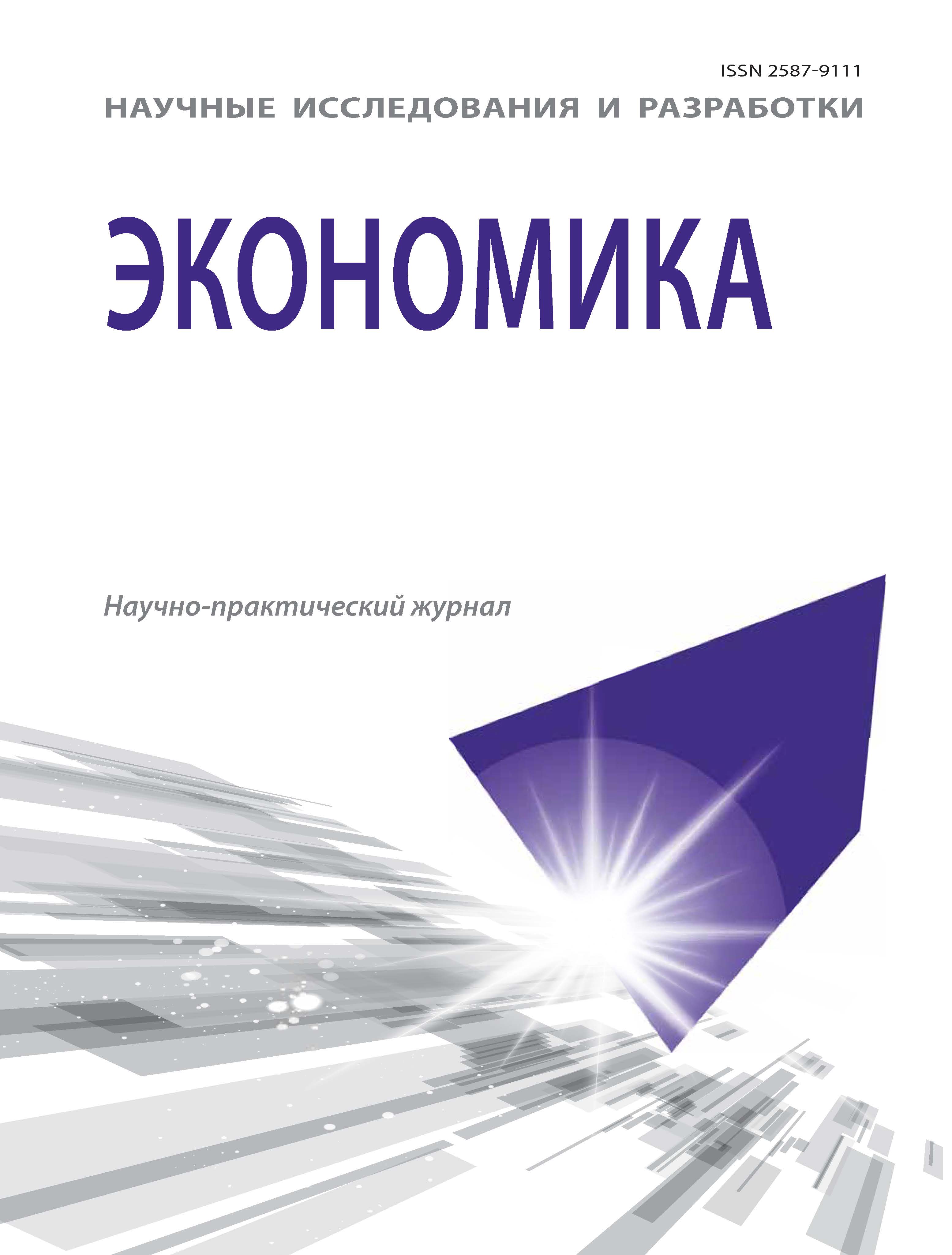Moscow Witte University (Department of Finance and Credit, Associate Professor)
from 01.01.2019 until now
Russian Federation
Today, it should be recognized that among the causes of the economic crises are not sufficiently taken into account the impact of technological aspects, namely the possibility of scientific and technical progress. The term “technological system” is used in the national economic science as an analogue of the concept of “wave of innovation”, it was first proposed in 1986 by Soviet economists D.S. Lvov and S.Yu. Glazyev in the article “Theoretical and applied aspects of Scientific and technological progress.” The way of understanding of technological structure, is the complex of mastered and breakthrough revolutionary inventions, providing a quantitative and qualitative leap in the development of the productive forces of human society. As a core set of technological structures the used technological processes are indicated, which, in turn, are the basis of the relevant production technology, linked to certain technological chains of the same type. It is believed that economic development is directly linked with the development of new technological chains, which are formed on the basis of the combined conjugate technological sets, which form the new technological order. That is why economists focus again turned to the theory of the cycles of the Russian economist Nikolai Kondratiev. It is assumed that the long-known theory of the wave-like nature of economic development is necessary to understand in relation to modern conditions, namely the use of the Kondratiev presentation about the short, medium and long waves concerning the economic situation of the modern states.
technological system, economic growth, innovation, economiccycles.
Работа выполнена при поддержке гранта РГНФ № 15-02-00369-15.
На протяжении всей истории развития человечества происходило усвоение технологических укладов, являющихся базисом для революционных прорывов в росте производительности труда и в повышении качестве жизни людей. Н. Кондратьев отмечал, что в течение приблизительно за 20 лет до начала повышающей фазы длинной волны можно заметить оживление в области технических изобретений. Внедрение этих изобретений сопряжено с реорганизацией производственных отношений и происходит на дне волны [1].
Известно, что цивилизация пережила несколько доиндустриальных и не менее пяти индустриальных технологических укладов. Так, С.Ю. Глазьев в своей работе «Мировой экономический кризис как процесс замещения доминирующих технологических укладов» отмечает, что жизненный цикл любого технологического уклада может продолжаться в рамках столетия, период же его определяющей роли в развитии экономики варьируется от 40 до 60 лет. С.Ю. Глазьев отмечает, что влияние технологического уклада сокращается по мере ускорения научно-технического прогресса, а также сокращения длительности научно-производственных циклов [2].
1. Basovskiy L.E. The Kondratieff Cycles and Technological Modes in the Economies of Russia and Developed Countries. Ekonomika [Economics]. V. 2, I. 4, pp. 4-10. DOI:https://doi.org/10.12737/5446 (in Russian).
2. Glazyev S.Y., Lvov D.S, Fetisov G.G. Evoluciya texnicoeconomicheskix system: vozmognosti i granicy centralizovannogo regulirovaniya [Evolution of technical and economic systems: the possibilities and limits of centralized regulation]. Moscow, Nauka Publ., 1992. 207 p. (in Russian).
3. Kablov E. Sixth technological order. Science and Life. I. 4. 2010. Available at: http://www.nkj.ru/archive/964/26288/ (Accessed 9 May 2015).(in Russian).
4. Malinetskii G. Modernization - a course at the VI technological way. Мoscow, 2010, I. 41, pp. 16-19 (in Russian).






